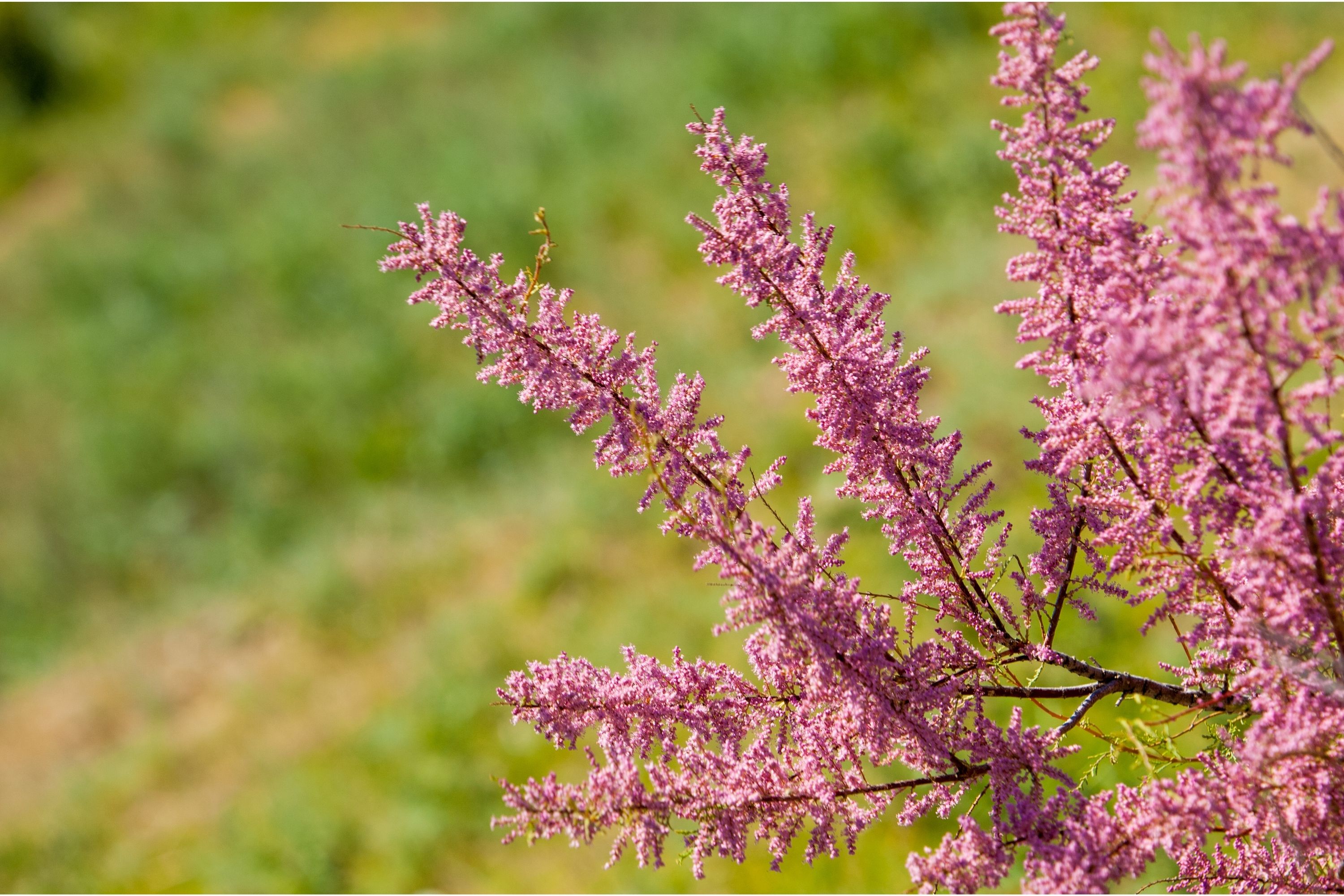Athel Tamarisk
(Tamarix aphylla)

Description
Tamarix aphylla is the largest known species of Tamarix, with height up to 18 metres (60 ft). The species has a variety of common names, including Athel tamarisk, Athel tree, and Athel pine. It is an evergreen tree, native across North, East, and Central Africa, through the Middle East, and into parts of Western and Southern Asia. Tamarix aphylla grows as a tree to 18 metres (60 ft) high. The tiny leaves are alternately arranged along the branches, and exude salt, which can form a crusted layer on the surface, and drip onto the ground beneath. The species can reproduce by seed, by suckering, or from a cutting. Tamarix aphylla is found along watercourses in arid areas. It is very resistant to saline and alkaline soils. Its range extends from latitude 35°N to 0°N, and its W–E range extends from Morocco and Algeria in North Africa, eastwards to Egypt, and south to the Horn of Africa and into Kenya. It is found in the Middle East and the Arabian Peninsula, east through Iran, and into Pakistan, Afghanistan, and India. Tamarix aphylla has been used as a windbreak and shade tree in agriculture and horticulture for decades, especially in dryer regions such as the western United States and central and western Australia. Due to its higher fire adaptability it can be used as a barrier to fire. Even when dry, the wood of Tamarix is difficult to burn, due to the high ash content (30–40%) and higher salt content of its foliage. After a fire it usually regrows, unless the root-crown was destroyed. The nectar from the blossoms of tamarix aphylla produces a high-quality honey with a unique taste. Due to drought- and salt-tolerant properties of the tree, it could be planted as an agro-forestry species, as well as for reclamation of marginal lands. Vegetative propagation method for the tree using aeroponics technique has recently been developed. Within these regions it has spread, most dramatically and noticeably in central Australia after floods of 1974 along the Finke River in the Northern Territory. Since then it has become a serious weed and invasive species in the Northern Territory and Western Australia. The species had been present for many decades without much spread before this. It tends to use more water than most native plants in Australia, which it outcompetes. It has replaced the indigenous eucalyptus along watercourses in the interior. It has been declared a weed of national significance in Australia.
Taxonomic tree:







